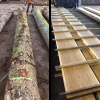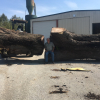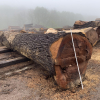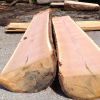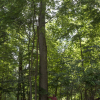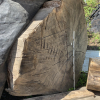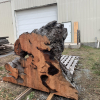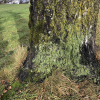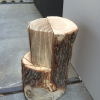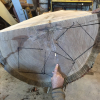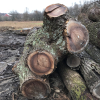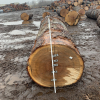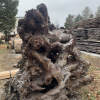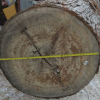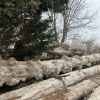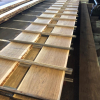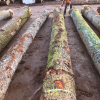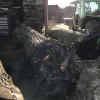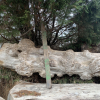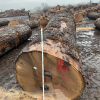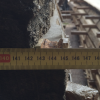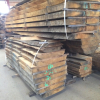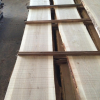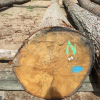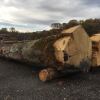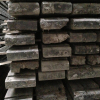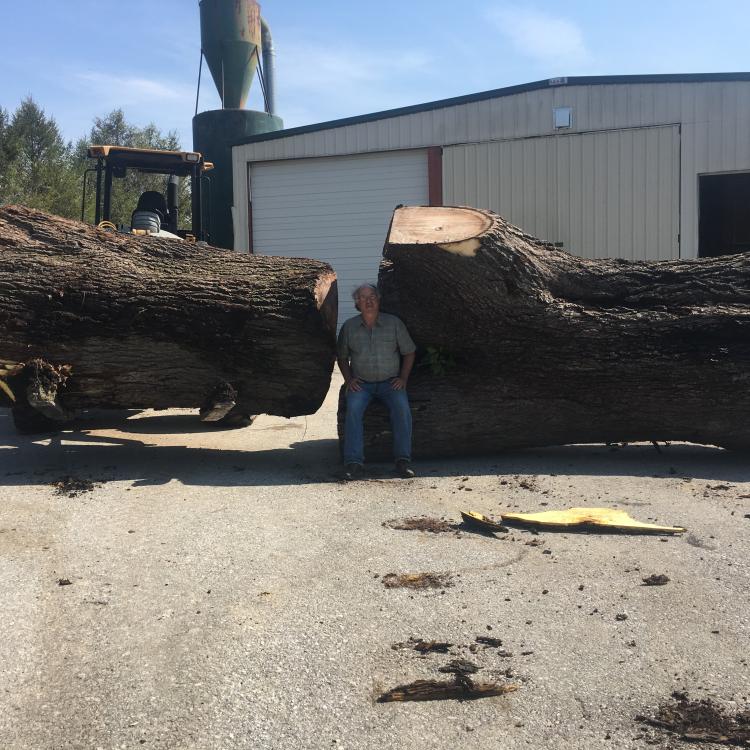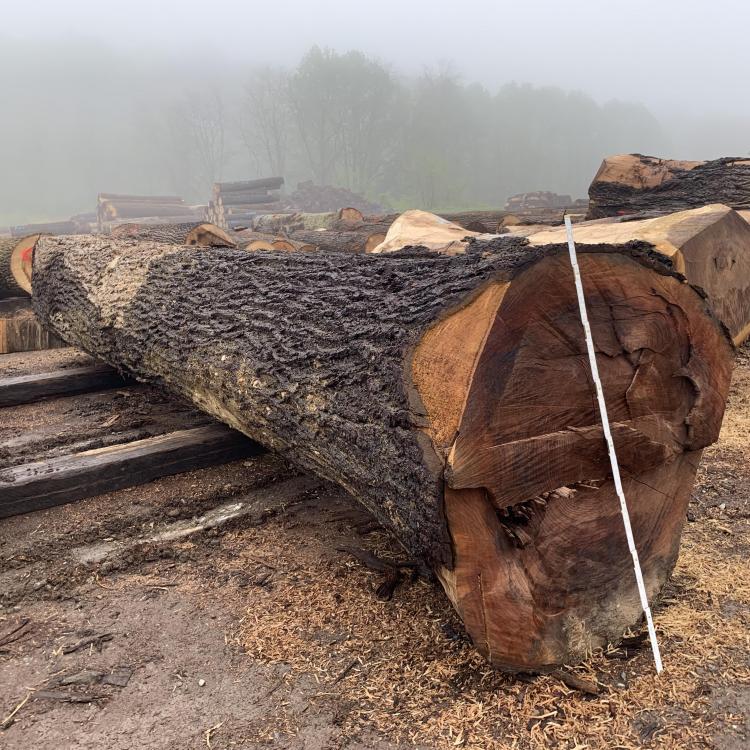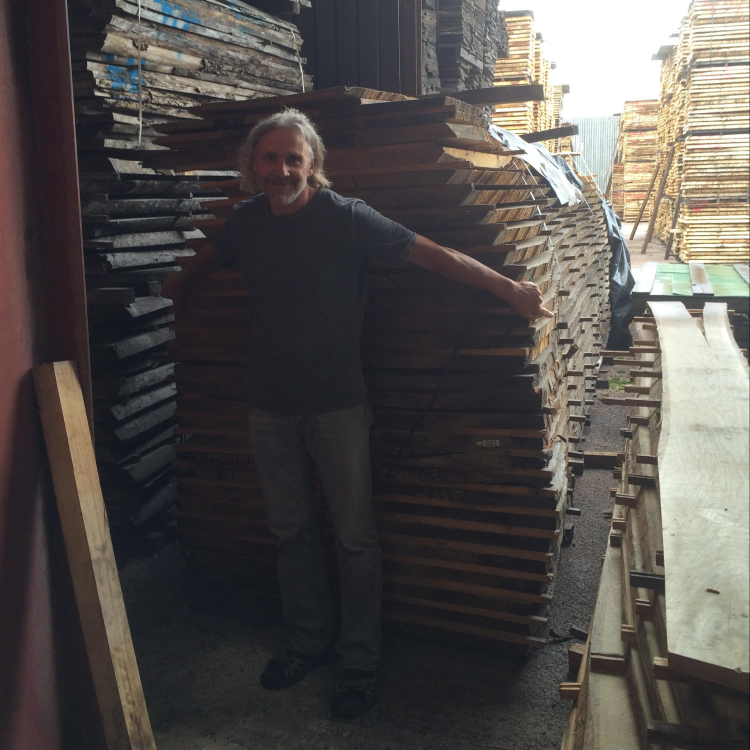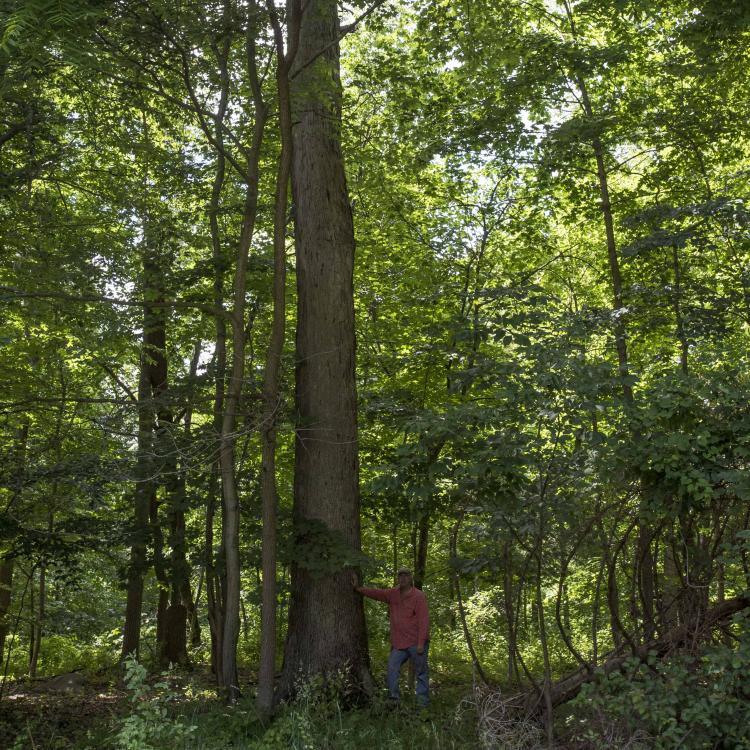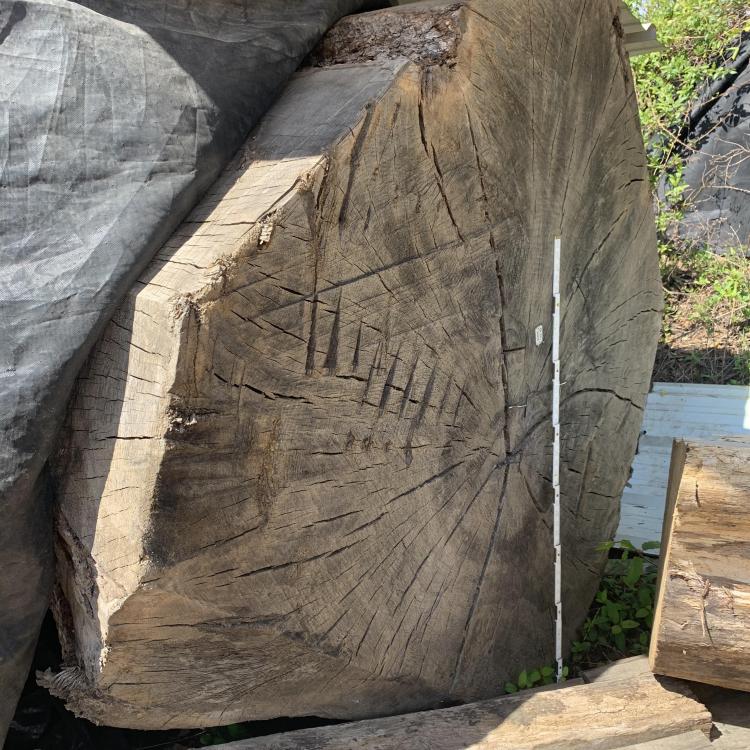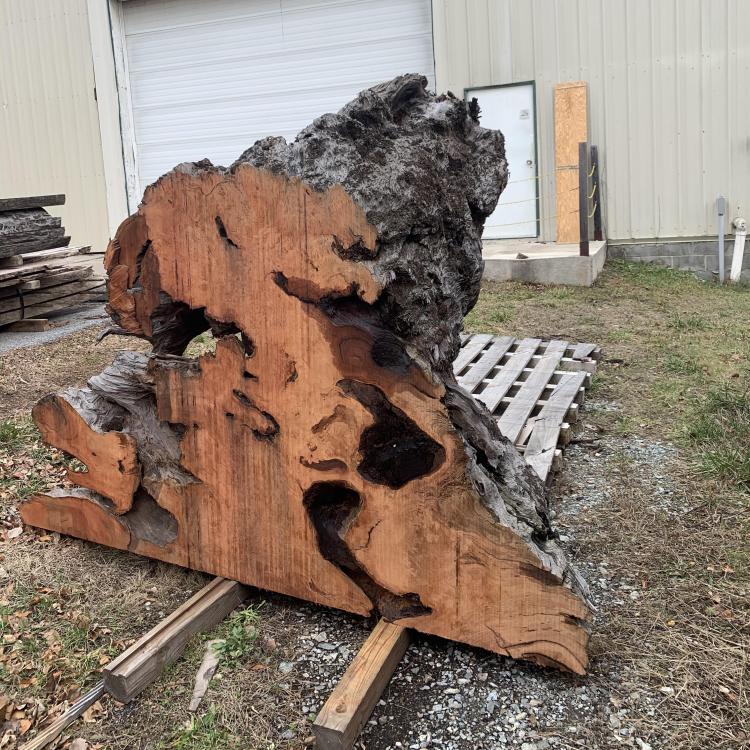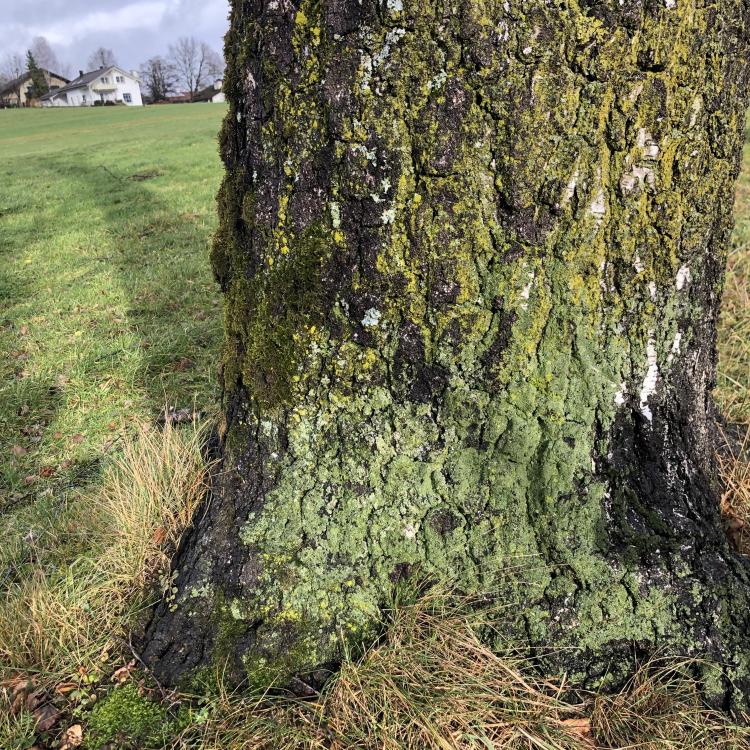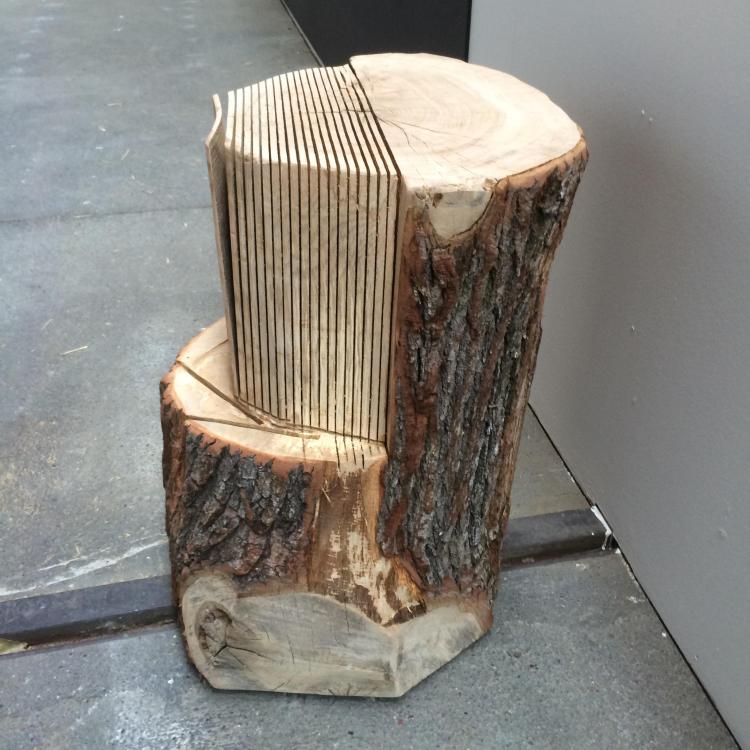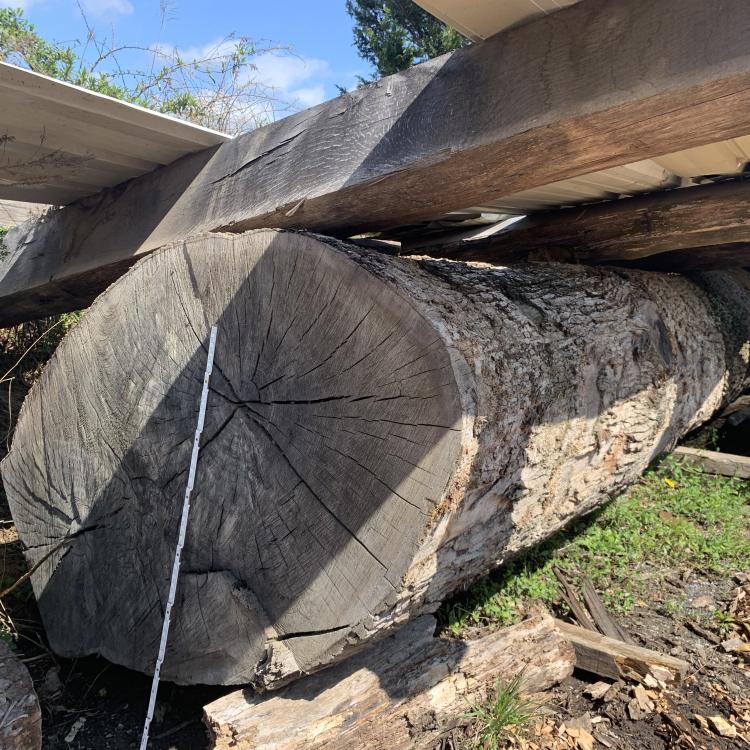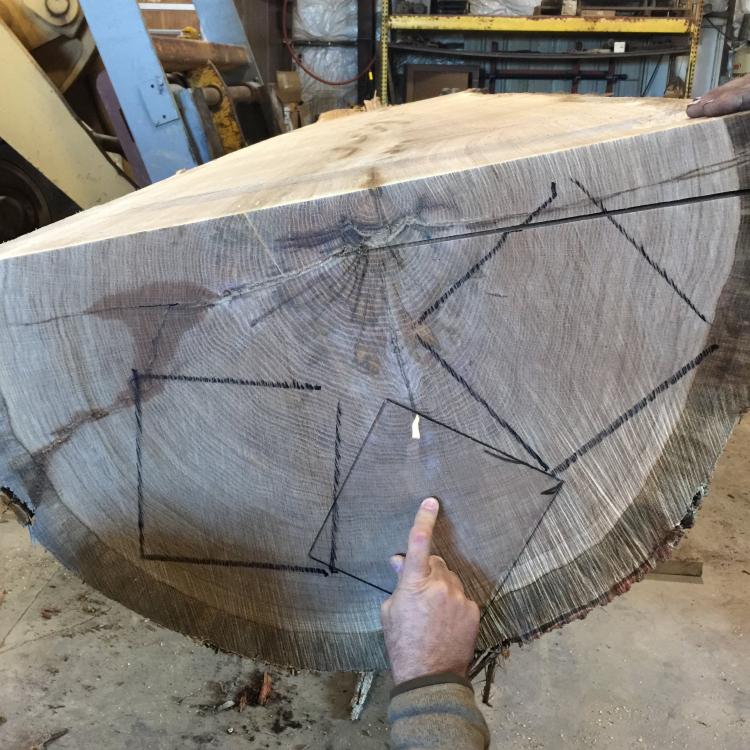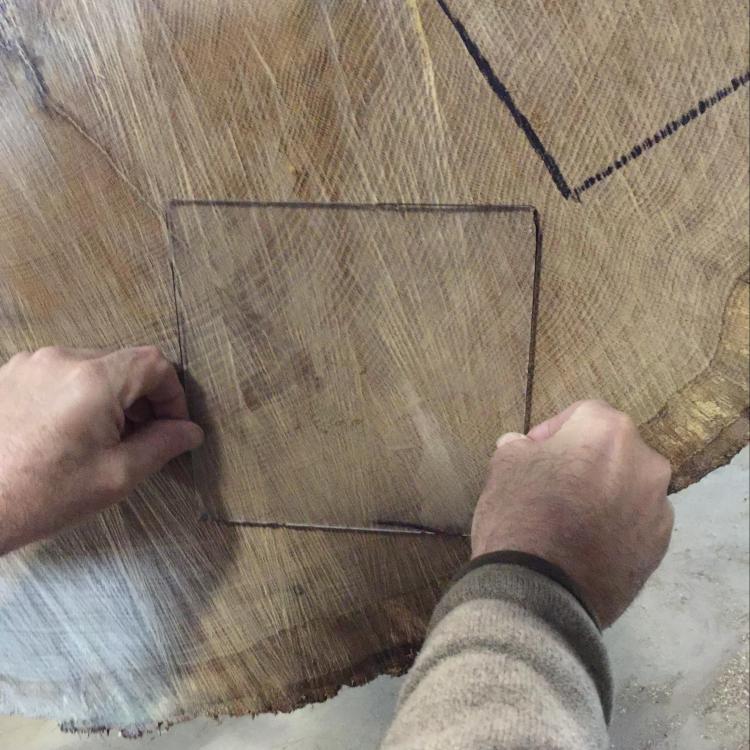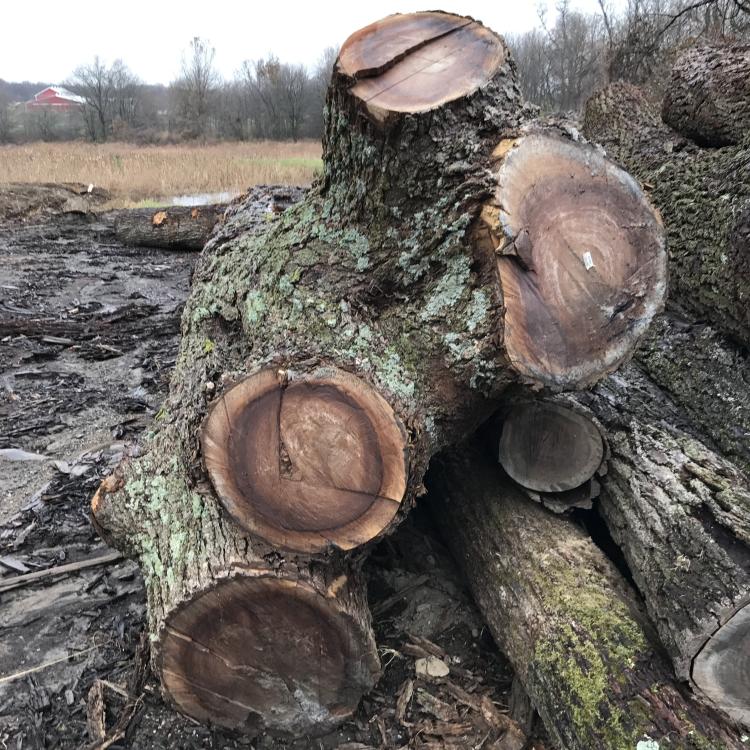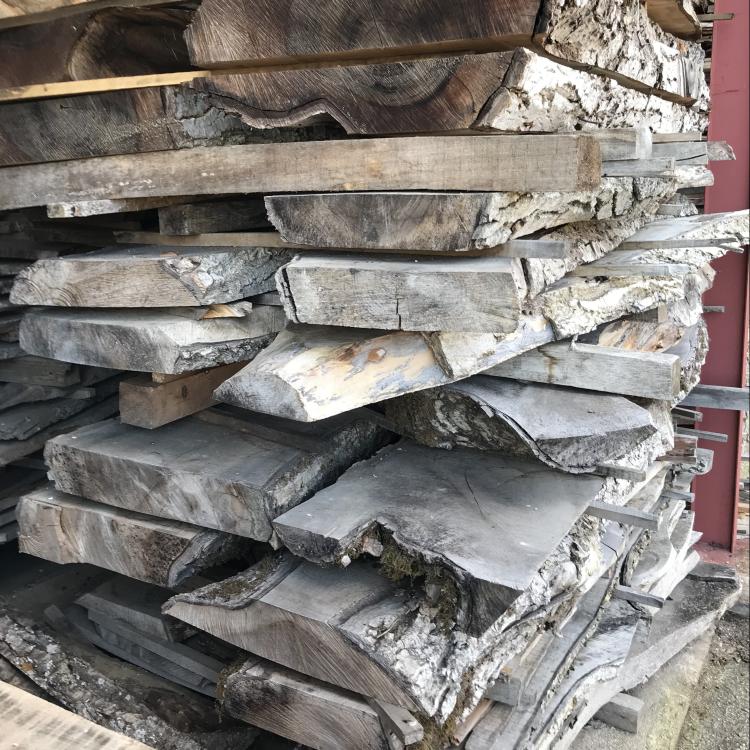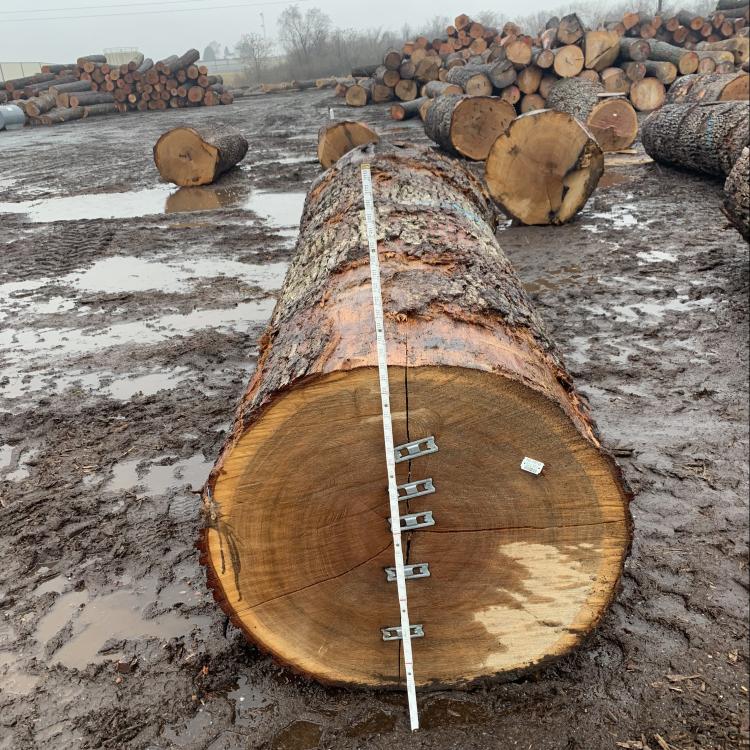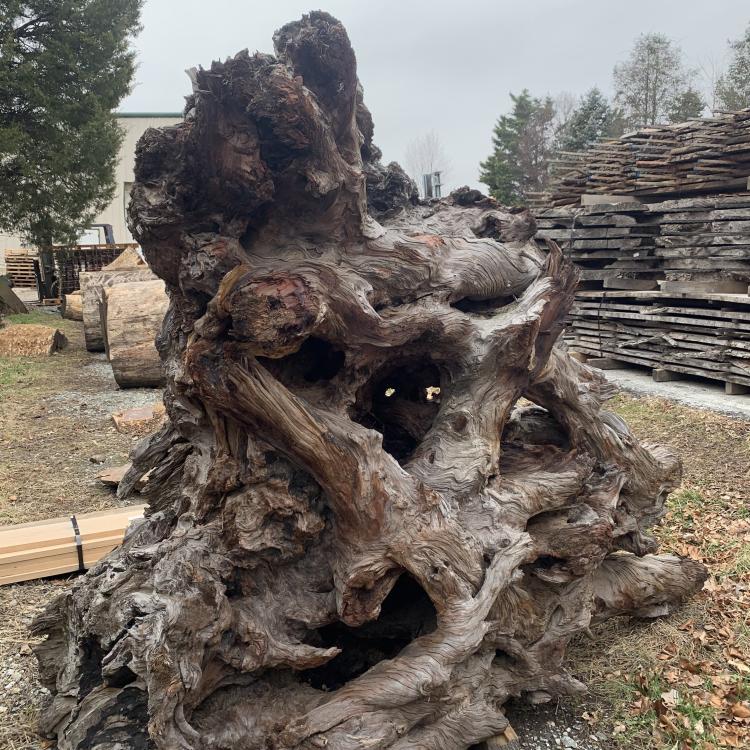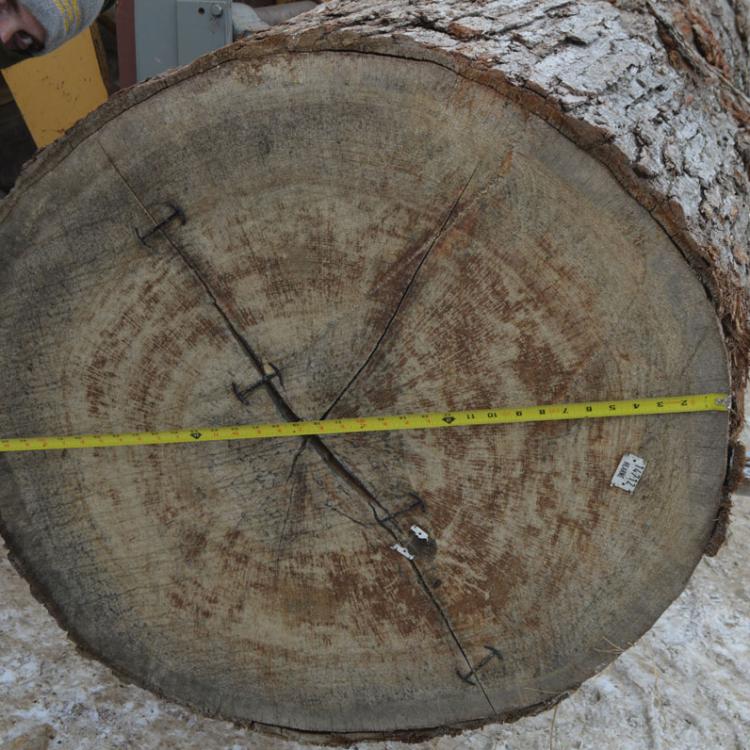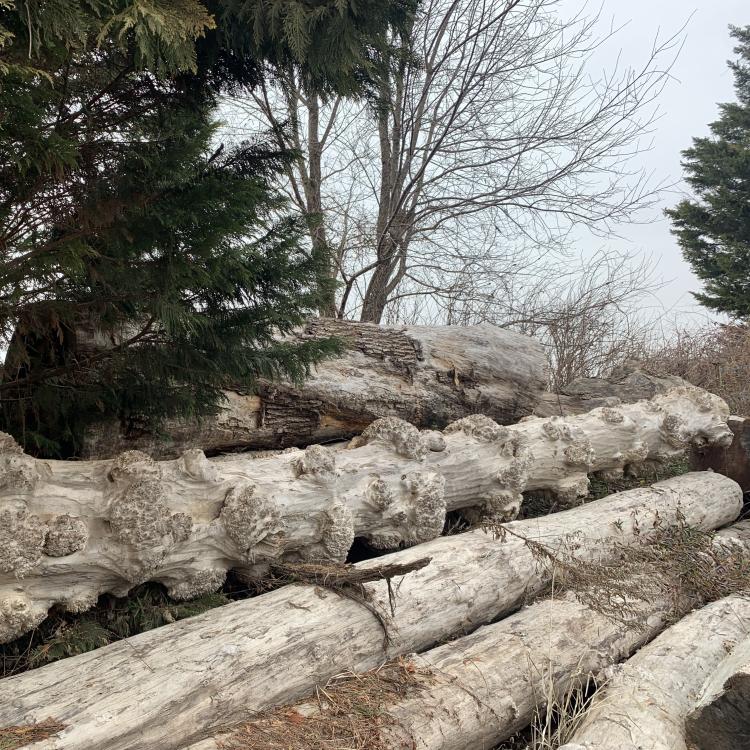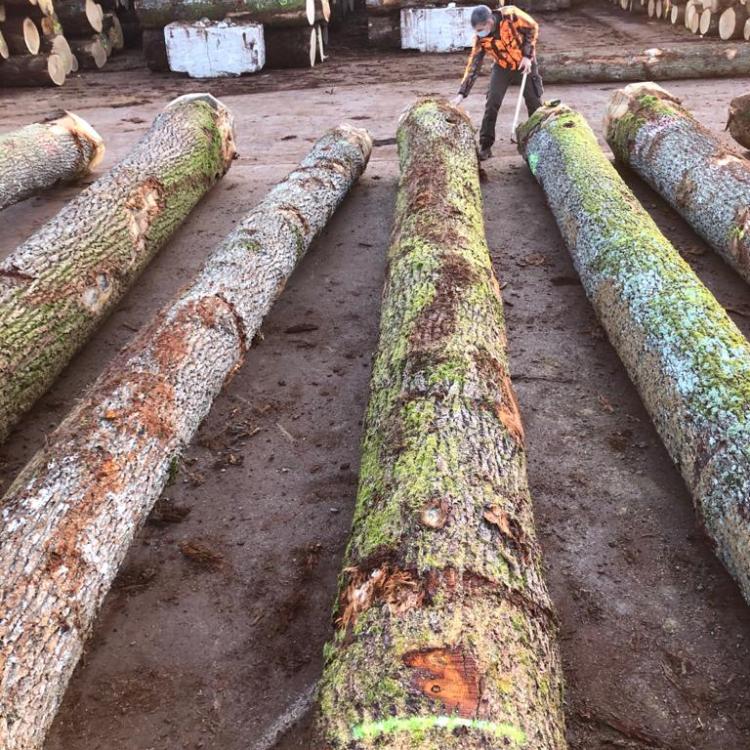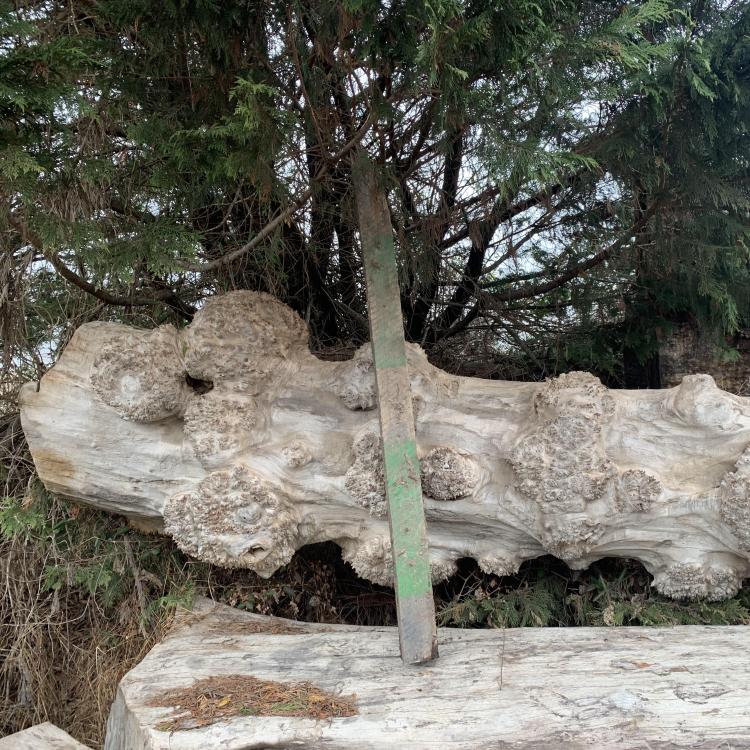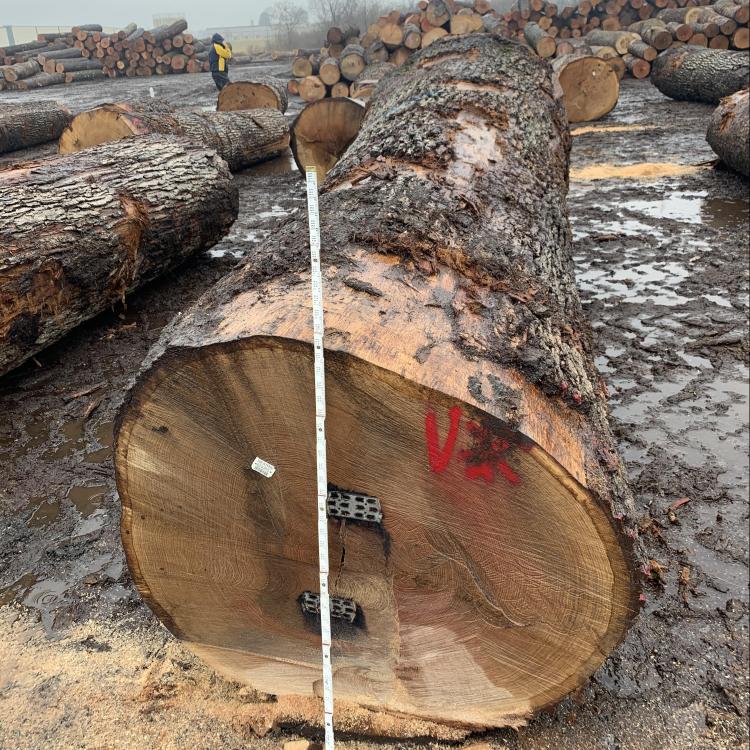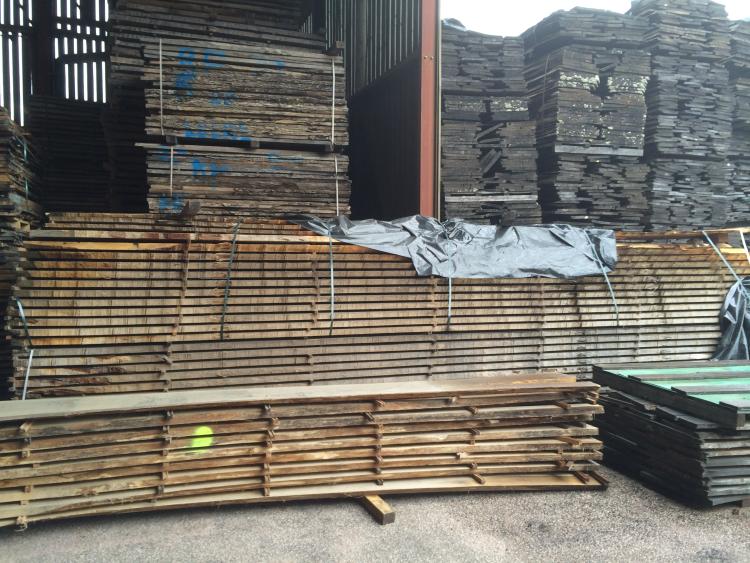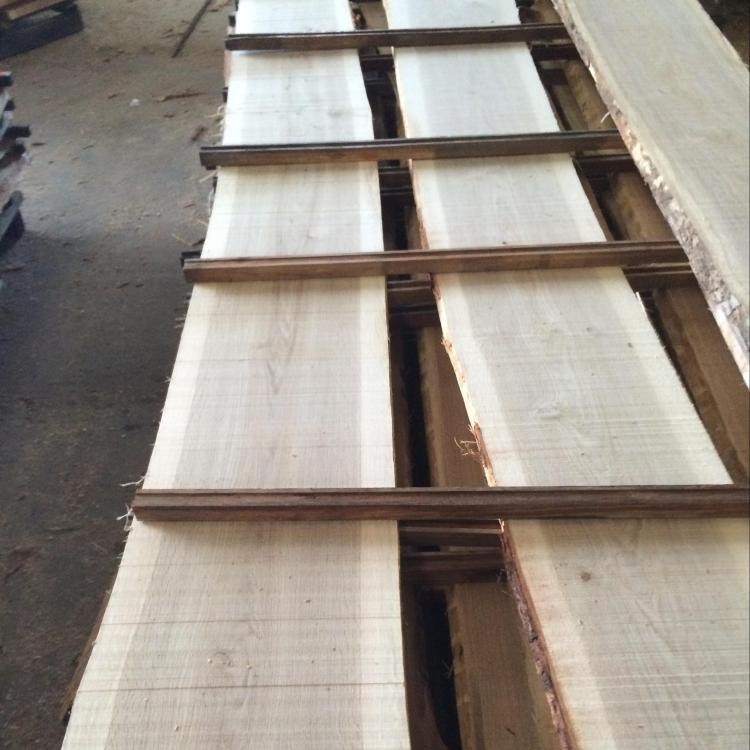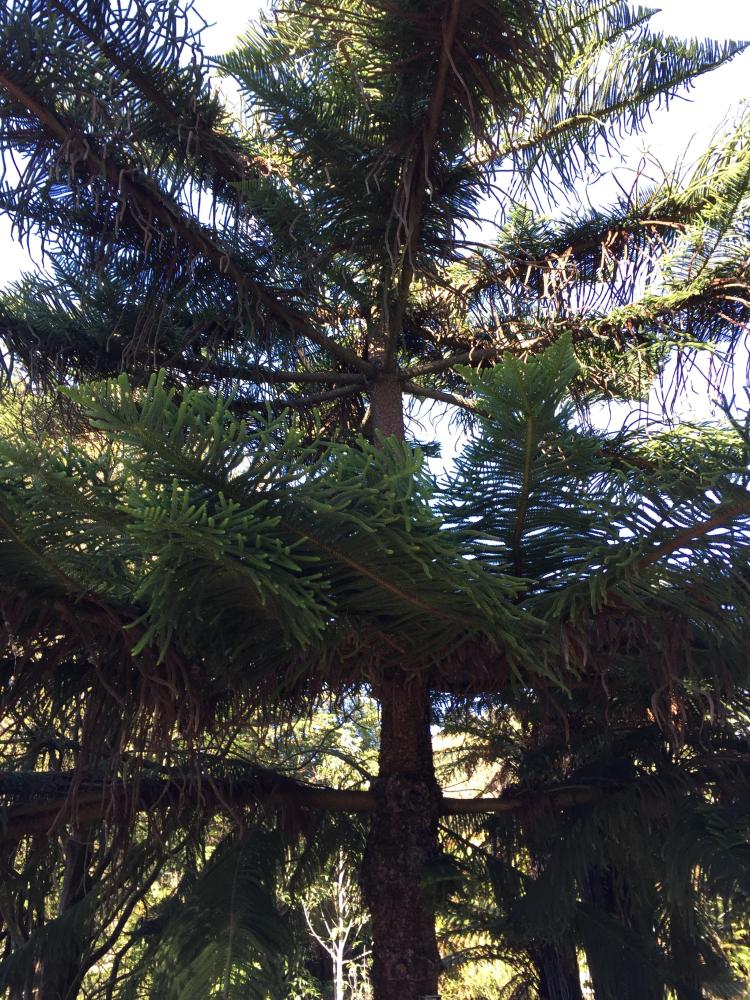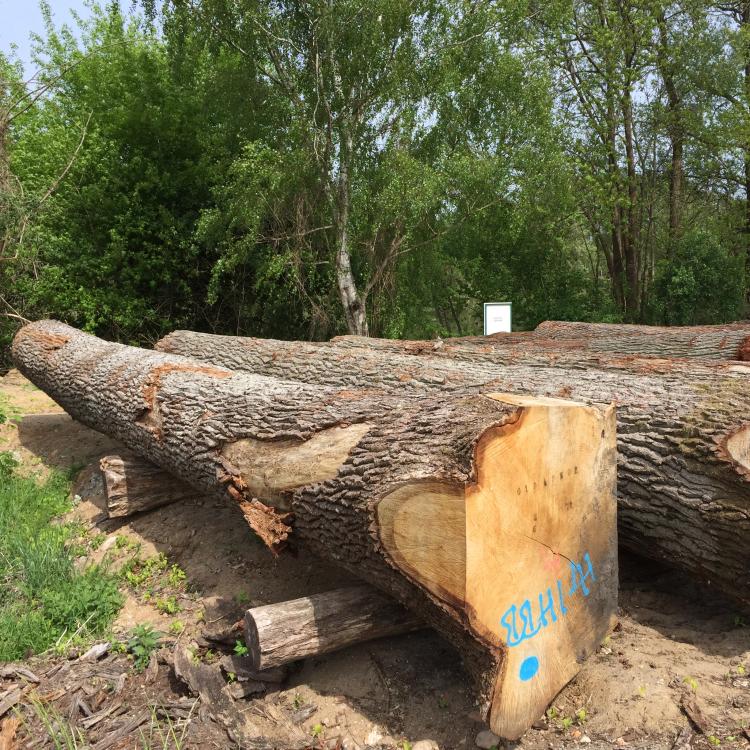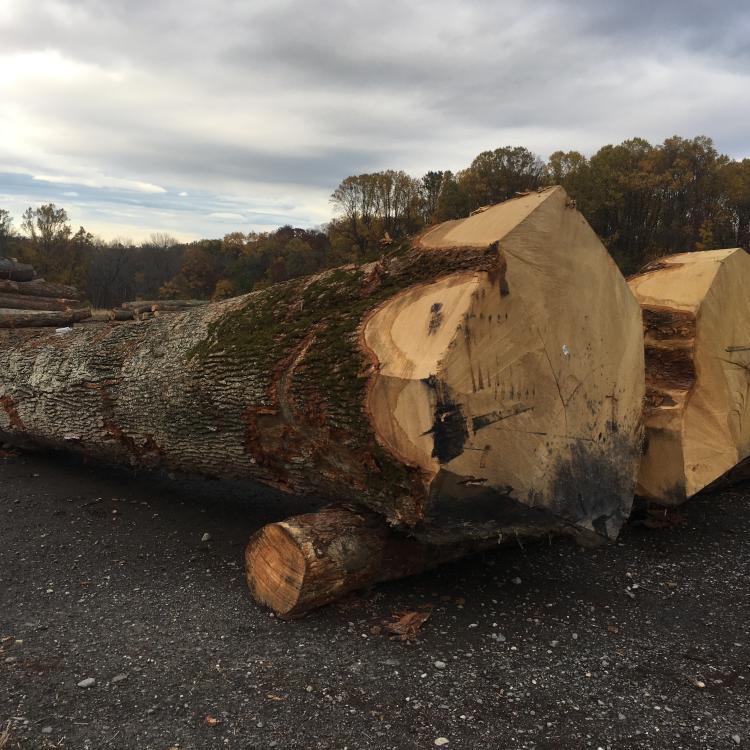- All our Oak, Walnut and Hickory Pecan lumber comes from the well managed forests where preservation of the sustainable ecosystem is a major consideration.
- The highest grade lengths and widths of trees from North American and European sources.
- Slicing of logs for custom grain characteristics mastered to perfection.
I have always been most interested in difficult specifications. From the financial prospective my decisions sometimes make little sense. In this last year alone I remember two conversations with a builder and with a home owner, when they were pretty much offering us large and simple projects. 3” or 4” red oak floor with borders and a clear finish in one of the instances. There was over 6,000 sf of wood in there. Most of flooring contractors would have been thrilled because such a project would not require much of their time nor control. No sample development, no stain matching. I got bored just thinking about it. I like difficult specifications and to leave behind floors that are visually appealing to me. And I have been fortunate for almost three decades now, to work with many great design teams that approach their work the same way I do. Often together we try to come up with unique specifications for clients who are after something outstanding. Such projects involve procurement of logs with unique wood grain and color characteristics as well as unusual widths and lengths of boards. At other times the flooring outlines were very specific consisting of the entire floor made from a single tree, or a floor made from the most peculiar crotch log showing various figures of grain. Thanks to these difficult requirements I started getting to know the most qualified mills and tree brokers, first on the East Coast of USA and then in France and Germany as well. Together we are able to procure the largest, tallest and oldest Oak or Walnut or other species of trees available anywhere. And that usually is only a part of the undertaking. Slicing logs for the characteristics you are after is a great skill. There is always an element of unknown involved, but I have seen true masters at work enough times to have learned a lot myself in this respect. Cutting of logs, quartering of logs, slicing of figured grain of crotch logs, these are truly unforgettable experiences. You may be able to procure a 21 feet tall and very straight White Oak tree that just looks spectacular from outside. Once it falls down and you are able to look into the cross section of the trunk, you know so much more about it.
But there is still a lot left to discover, if your goal is an absolute perfection in terms of straight running rift grain, mid range color tone, and clear grade characteristics. It is impossible to figure out exactly the yield you will be left with in such situations, until you have cut through the entire length of the tree. And if you need more boards then the tree will yield, it is always best to get additional trees from the proximity so the mineral content of the ground is the same. Because that mineral ground content very often determines the color of Oak. This is real science and the masters use a lot of their intuitional sense to begin with. The trees we use come from well managed forests where trees are grown and cut with a mindset of sustaining and preserving the ecosystem.
I have participated in a few walks around the woods with the tree broker or a mill representative, and the owner of the forest and hearing these discussions and negotiations was quite remarkable. If the tree broker really wanted to cut and purchase a certain wide and tall Oak or Walnut tree, he would argument in terms of wellness of other trees around. There were a few shorter trees in the proximity, then shaded from light, that would benefit greatly from the additional sunlight the removal of this tall tree would expose them to. These trees would grow much taller as a result of harvesting the tree we were interested in. It is very reassuring hearing these guys evaluating conditions and predicting changes from the perspective of a couple of decades. I am quite aware that a completely opposite attitudes are common in other parts of the world. That is one of the reasons that my time has been spent on mastering finishing techniques affecting North American and European wood species.

